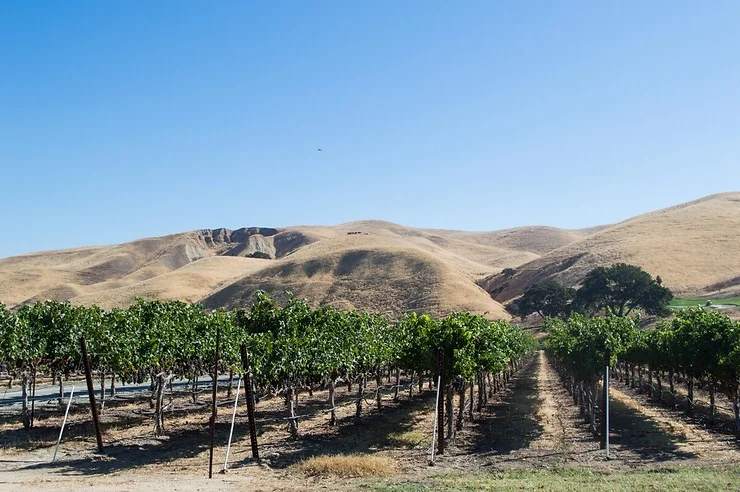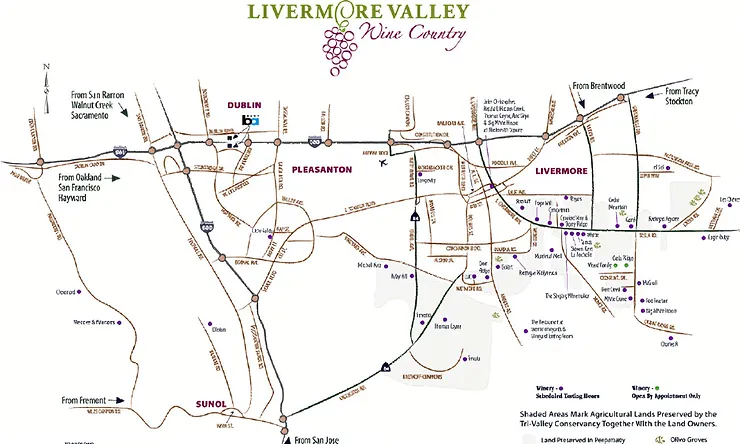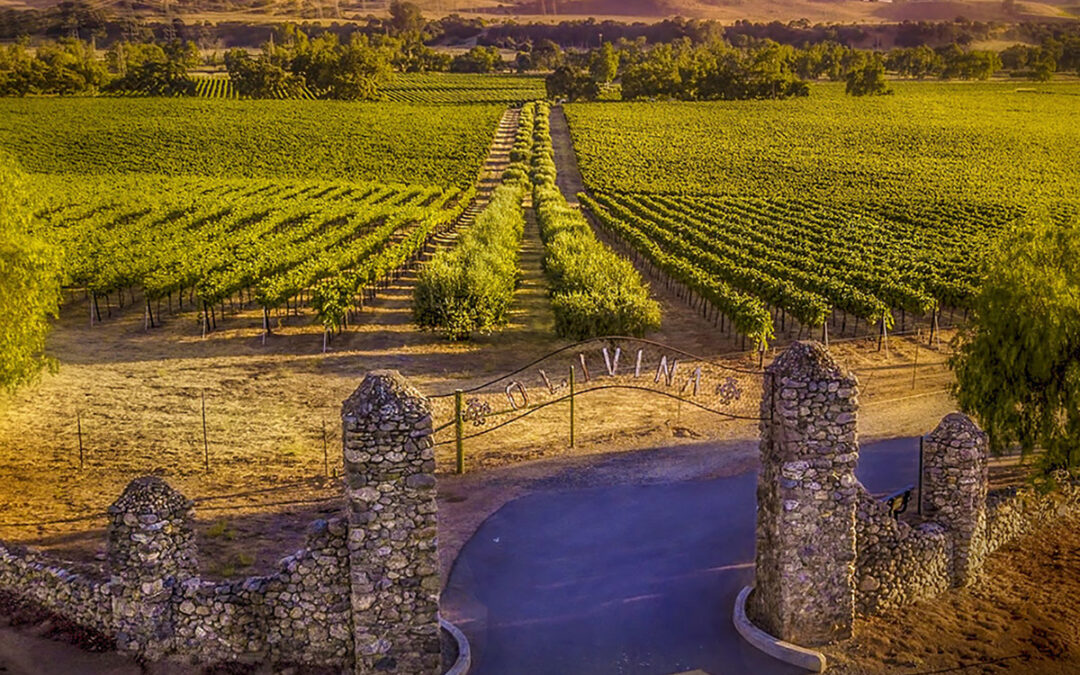Despite being one of the oldest wine growing regions in California, Livermore Valley has lived in the shadow of more popular Bay Area regions such as Napa and Sonoma Valley, but this could change soon. The American Viticultural Area began the process of establishing a Wine Heritage District, wherein businesses will give a small percentage of sales to support the local industry, similarly to a Business Improvement District. Upon its passing, the Wine Heritage District will collect 2% of the Livermore Valley wineries’ gross California sales each year. This five-year initiative is projected to generate about $700,000 within its first year, wherein most of the funds will be directed at education, marketing, and improving wine quality.
The Livermore Valley Winegrowers Association has estimated that the district will provide an increase of more than 20% of the Livermore Valley’s annual marketing budget, alongside significant increases in other crucial areas. As an organization working to promote local wines and the region, this would be huge, as the prior funding has been mostly reliant on voluntary winery memberships. The Livermore Valley AVA initially included just over 50 wineries within Alameda and Contra Costa counties, roughly 50 miles east of San Francisco in the Tri-Valley cities of Livermore, Dublin, and Danville. Home to pioneering wineries Concannon Vineyard and Wente Vineyards, the first commercial vines were planted in the 1840s, including the Wente Chardonnay Clone brought from France, which is used today in more than 80 percent of American Chardonnay.
The first wine region in the country to pass a similar district was also in California, as the Temecula Valley Wine Country succeeded after 3 years of effort in March 2021, though each winery contributes 1% of sales in California, compared to the 2% of Livermore’s proposed district. The Temecula Valley Winegrowers Association estimates that the AVA’s budget will more than double within the first year due to their new heritage district. Nearby, the Santa Barbara Vintners tried to establish a district over the years, projected to double their budget, but it failed to materialize by a divided opinion among its local wine community. Despite this, the organization believes that these districts will be the future of how wine and vintner associations fund themselves.
Ultimately, Livermore may never reach the same reach the same recognition as its sister wine regions, but it does have advantages over Napa Valley and Sonoma Valley. Being in the heart of the East Bay’s Tri-Valley area, there’s significantly less traffic than going to its counterparts, and it won’t require crossing bridges to reach. Livermore remaining a “hidden gem” of Northern California Wine Country also makes it less likely to be crowded, as many tourists opt to go to the more popular North Bay Area regions. Its historic wineries have world recognition beyond its area, ensuring it to be a very worthwhile stop for any wine enthusiast. Above all, Livermore’s proximity to the Oakland Airport makes it an easy stop while visiting the San Francisco Bay Area, and additional funding from the Wine Heritage District could prime the region to fully compete with its sister regions of Napa and Sonoma.
While the Wine Heritage District could prove to be successful in raising Livermore Valley’s profile, it will need to cross more bridges for Livermore to truly compete with Napa and Sonoma Valley. Livermore’s location is known to be one of its greatest challenges, as the wineries require travel of at least a few miles off the I-580 Freeway. Alongside this, it remains relatively unknown to wine enthusiasts compared to the nearby Napa and Sonoma Valley regions, whose established reputations and similar grape varietals make competing very difficult. For starters, the region will need more lodging near wineries, as the Purple Orchid currently remains one of the sole boutique hotels serving the wineries. Secondly, sanitary sewer improvements would be needed for more wineries in the region to hold larger events such as weddings. Ultimately, Livermore would need infrastructure to allow for growth in its hospitality sector to increase its reputation as a tourist destination and give it the ability to truly rival its nearby wine country regions. Regardless, the Wine Heritage District is perceived to be a major step forward by the local wineries.

Initially, its final vote was delayed until the November 22 due to an unexpected opposition from a single winery, though the district was still expected to be approved due to majority support. Prior to the final vote, the council heard an updated presentation which addressed a concern at the November 8 meeting, which voiced that the original district boundaries were unclear by including Dublin and Danville. The revision limited the wine heritage district zone to be solely in Livermore, in order focus the district to its original mission of supporting the Livermore Valley Wine Country. The new proposal was approved, and the heritage district is set to begin collecting its fees in 2022. Despite its approval, concerns remain of the district extending its 5-year proposal, and potentially leading to pension debts. The city of Livermore will continue to research these concerns, but at this time, the Livermore Valley Wine Heritage District will work on fulfilling its promises: Marketing and brand awareness, community and industry advocacy, quality enhancement, education, and sales promotion of the participating wineries of Livermore.
We at eXtraordinary Tour Services are a firm believer in what the Livermore Valley Wine Country has to offer and await the future that this Wine Heritage District could bring to an already high-class wine region.


